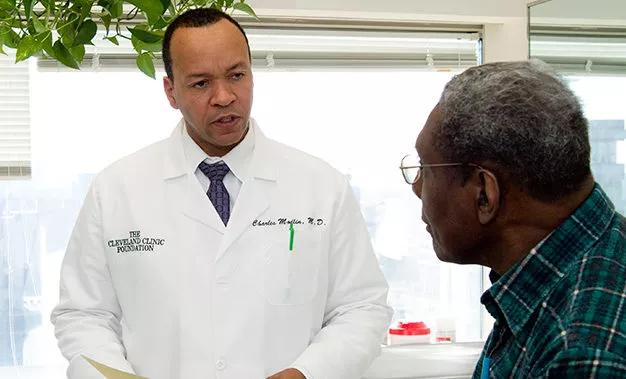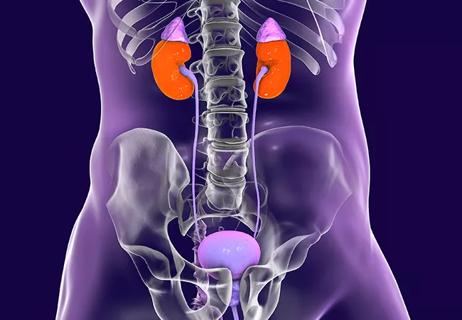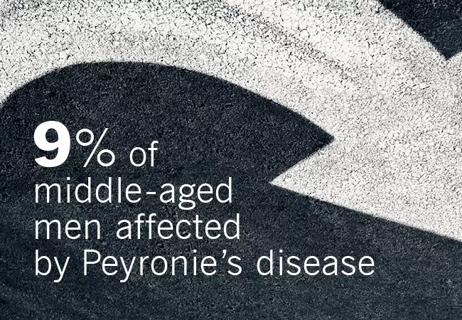Broad effort will reduce barriers for minority patients

Millions of people gained healthcare coverage for the first time under the Affordable Care Act. That’s a step forward in efforts to reduce healthcare disparities, but people of color still face other significant barriers that are important for clinicians to recognize.
Advertisement
Cleveland Clinic is a non-profit academic medical center. Advertising on our site helps support our mission. We do not endorse non-Cleveland Clinic products or services. Policy
“We know that there are variables beyond that lack of access,” says Charles Modlin, MD, a urologist who leads the Minority Men’s Health Center at Cleveland Clinic.
These include:
Advertisement
To push back against those historical trends and close the healthcare gap requires a dedicated, multifaceted effort, Dr. Modlin says. He points to the Minority Men’s Health Center, established in 2003 at Cleveland Clinic, as an engine of change. “We try to eliminate the barriers based on all those factors,” he says.
As part of those efforts, the health center conducts research projects. The Prostate Cancer Foundation recently funded a $600,000 Special Challenge Award which allows the investigators at Cleveland Clinic to examine biological differences in how prostate cancer behaves in Caucasian and African-American men.
The center has built a biobank of tumors and benign biopsies and is exploring an “early hypothesis about the differences in how biologic pathways are turned on and off between the two groups,” says Eric Klein, MD, Chairman of the Glickman Urological and Kidney Institute at Cleveland Clinic.
Specifically, the two-year, multidisciplinary and multi-institutional grant will help the researchers explore whether a natural substance called interferon, which helps the body fight off cancerous growths, might function more effectively in Caucasian men, Dr. Klein says. “Ultimately we may come up with some treatment options that will change things” in terms of health disparities in that area, he says.
The health center holds health talks in the community to promote health literacy and provides free health screenings and research trials. A mentoring program helps young people in minority populations and encourages them to enter the health profession. Another program educates other physicians about minority health disparities. The center also holds an annual Minority Men’s Health Fair. “We’re hitting this on all levels,” Dr. Modlin says.
Advertisement
Above all, the center has learned that combating health disparities requires persistence. “It takes time to engage, especially in the African-American and other minority populations,” Dr. Modlin says. “It takes dedicated initiatives … where you can focus a great deal of your resources, your brainpower and knowledge and expertise on the elimination of health disparities. It takes policymakers to get involved and establish policies to facilitate a lot of these objectives.”
Advertisement
Advertisement

Minimally invasive procedures relieve symptoms and can be done in outpatient settings

A Cleveland Clinic specialist discusses the implications of the first published guideline for NLUTD

An effective, patient-centered biospy alternative

Cleveland Clinic experts author comprehensive review in The Lancet

6 Q&A’s with Drogo K. Montague, MD

Outreach efforts aim to improve patient experience

Department chairman shares formula for success